History of the City of Bijeljina
Archaeological and other explorations so far show an image of continuously inhabited Semberija since prehistoric time, or the Later Stone Age, around 5,000 B.C.. Despite numerous migrations, wars, changes of various state and administrative systems in later periods (since the time of the Roman Empire to modern times), this area was almost never uninhabited.
PREHISTORY AND ANTIQUITY
The oldest confirmed traces of people living in the territory of today's City of Bijeljina originate from the Later Stone Age - the Neolithic (5,000 – 3,000 B.C.), and remains from the Bronze and Iron Age have been found. Most of the remains from these periods were discovered in the agricultural districts of the villages Ostojićevo, Batković, Glavičice, Dvorovi, Kojčinovac, Patkovača and Triješnica. The characteristics of pottery, tools and weapons unequivocally confirm the cultural ties of prehistoric inhabitants of Semberija with the Neolithic Vinča culture, or with the cultures of the Bronze Age - Vučedol, Kostolac and Baden.
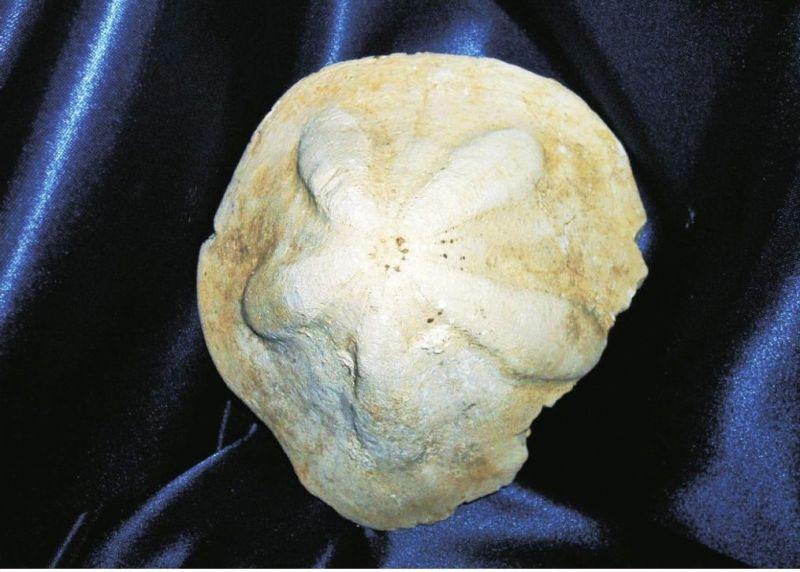 |
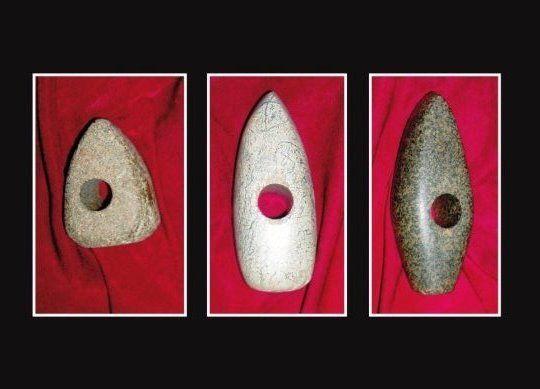 |
Archaeological discoveries from the Iron Age are related to the arrival of Celtic tribes, on the eve of the Roman conquests (VIII – I century B.C.).
During the Antiquity (I – V century A.D.), Semberija, as well as the whole of Posavina, was a part of the Roman province of Pannonia. The most significant archaeological discoveries from the Roman period have been discovered at the sites of Prekaje in Brodac (a Roman villa), Kojčinovac (a tombstone), Velika Obarska (lead plaque for cult purposes with icon of the so called Danube horsemen), Amajlije (bronze figurine 13 cm high), Modran (a hoard of Roman money), Dijelovi (two stone lion sculptures), and there are some sites discovered in Janja, Dvorovi, Batković, Patkovača. Somewhere in the area of Donje Podrinje (one of the banks of Drina) there was a Roman settlement Ad Drinum (on Drina), but its exact location is not yet known.
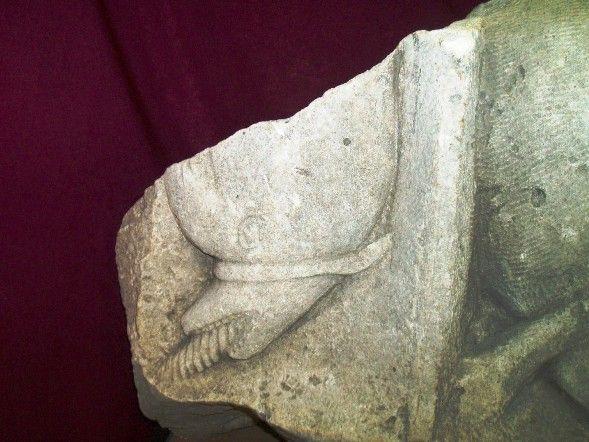 |
 |
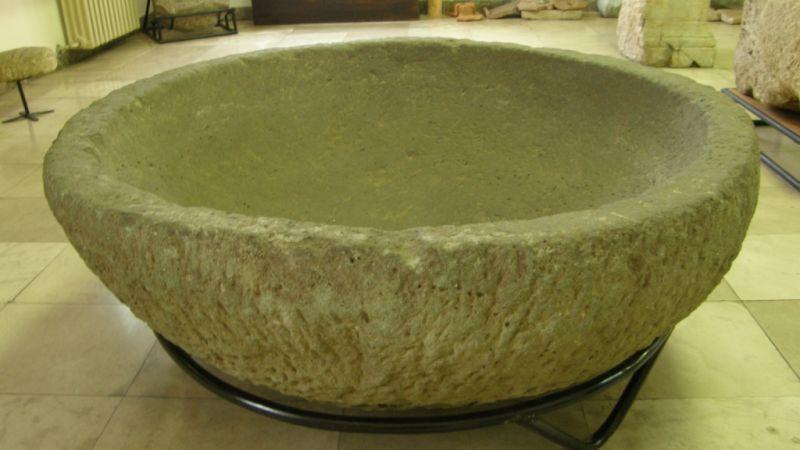 Roman stone mortar, over one metre in diameter (exhibit of the Museum of Semberija)
Roman stone mortar, over one metre in diameter (exhibit of the Museum of Semberija)
EARLY SLAVS
The oldest Early Slavs site in Semberija is located on both sides of Bistrik, between Batković and Ostojićevo, and it contains four smaller sites ranging from the seventh to twelfth century. At the sites of Jazbine and Oraščić remains of a settlement from 7-9th, and 10-12th century have been discovered. There were half-buried dugouts with wattle and daub walls and compacted earth, and the most significant discovery was a complex of metallurgical workshops at the site of Čelopek. They were used to melt iron and to manufacture iron tools in the eighth century, which was confirmed by a discovery of cast iron-graphite pot which is kept at the Museum of Semberija. At that time, the settlement on Bistrik, probably called Bistrica, was, without a doubt, a centre of the district which included the whole valley, before Bijeljina was founded.
 Tombstone with Cyrillic inscription, pre-Turkish period; found during works on rebuilding the Atik Mosque in the centre of Bijeljina
Tombstone with Cyrillic inscription, pre-Turkish period; found during works on rebuilding the Atik Mosque in the centre of BijeljinaInscription: AND HERE LIES BELOSAV LUČIĆ IN HIS NOBLE CHURCH
THE STONE WAS PUT BY HIS SONS
MIDDLE AGES
The first mention of the name Bijeljina is lost in distant past. A victory of Bela-Pavlimir, prince of Zahumlje, against the Hungarians in the ‘plain of Belina’ is mentioned in the 'Annals by priest Dukljanin'. However, due to extreme unreliability of this document and a number of proven inaccuracies, it is considered today that the first certain mention of Bijeljina is the one from 3 March 1446, when a merchant from Dubrovnik was robbed here by people working for the Ban of Ilok. The document describing this event in the Latin language is kept in Dubrovnik National Archive, in the Lamenta de foris collection, and is translated as follows:
“On 3 March 1446,
Bogiša Bogmilović, before Mr Alojz, the Prince of Dubrovnik, submits a claim against Vučić Pribišević and Vučić Ugrinović and Radić Gučić, and other people working for Osvart, the Ban of Ilok, stating that they robbed him in Bielina, and took: goods, ducats, silver and cloth – 435 ducats and two horses with weapons and his clothes and one silver tray“.
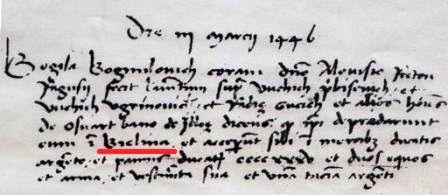
(Dubrovnik National Archive)
In addition, the discovery of medieval tombstones with old Cyrillic inscriptions during the rebuilding of Atik Mosque in the centre of Bijeljina shed a new light on the history of this area in pre-Turkish period. Altough none of the tombstones has a certain date, the paleographic analysis shows that the inscriptions originate from a long time span from the second half of 14th to mid 15th century, meaning that some of them were there even before the text related to the origin of the name of Bijeljina, which is kept at Dubrovnik National Archive. This confirmed one more time that Bijeljina was a separate district in pre-Turkish period, and that its centre was at the place where a church existed. There was a road going through the district, from Podrinje through Srebrenica, Kušlat, Zvornik, Teočak and Bijeljina to Mitrovica and Ilok. That main road was connected to the road coming from the river Bosna, or Dobojgrad, through the valley of Spreča, and then through Srebrenik and Soli.

Middle Ages in Semberija were marked by constant fighting for supremacy in this area between the rulers of Serbia, Bosnia, and Hungary, as well as lower feudal lords. The oldest religious building – Tavna Monastery originates from the Middle Ages. It is believed to be an endowment of King Dragutin’s sons, and that it originates from the beginning of 14th century.
 A sword from 15th century, site in the village Dvorovi
A sword from 15th century, site in the village Dvorovi(exhibit of the Museum of Semberija)
Weakened by feudal disputes and inter-Christian struggles, these countries did not manage to resist the attacks of the Turks, so Semberija, as well as the most surrounding countries, fell under the Turkish rule in 16th century. The final occupation most likely happened around 1530. After that, in the first census of Zvornik Sanjak (district) in 1533 only four villages were mentioned in relation to the territory of Bijeljina: Četvrtkovište, Mirkovci (Dašnica), Grm (Galac), and Čukojevići (Modran) with 55 houses in total. The census of 1548 showed an increase to 17 villages with 772 houses, of which 554 were Christian (Orthodox) and 218 were Muslim. By the 1580 decree by Turkish sultan, Četvrtkovište (centre of today's Bijeljina) was assigned the status of kasaba (small town), was appointed the seat of kadiluk for three nahias or districts (Bijeljina, Koraj, Teočak) and market day and annual fair were established. About a half century later, according to the so called 1634 Sidjil of Tuzla and some other sources, the headquarters of kadiluk was once again called by its name from the middle ages – Bilina.

(exhibit of the Museum of Semberija)
After a century of relative stability in the area, after the Siege of Vienna in the Great Turkish War (1683 – 1699), Turkey lost Pannonia and the border with Austria returned to rivers Sava and Danube. In 1716 the whole of Posavina became a part of Austria and Bijeljina suffered great destruction during the war conflicts. Turks occupied Bijeljina again in 1739. During these wars and later throughout 18th and most of 19th century there was a lot of migrating caused by extremely unstable situation. The First and Second Serbian Uprising, Posavina rebellion, and Serbian-Turkish War, due to the participation of Serbs from Semberija, caused temporary or permanent migration of a part of population to the areas across rivers Sava and Drina. After the failure of rebellious 'offensive plan' in 1809, the Serbs in Semberija were terribly decimated; so many settlements were completely deserted. In the following years, this area was populated by settlers from passive areas of Herzegovina and Montenegro, and their descendants were the majority of Semberija population until the 1990s. After Serbia was liberated from Turkey, a lot of muslim people settled in Semberija. Significant migrations and relative stabilisation of the situation in Semberija hapenned after Austro-Hungarian occupation in 1878.
NATIONAL AWAKENING
The Serbs of this area sincerely supported Karađorđe's rebellion and the magnificent awakening of the Serbian people, but the liberation attempt was unsuccessful. The greatest contribution in the attempt to liberate the ‘Serbs across the Drina River’ was given by the famous rebel leaders - Jakov Nenadović, priest Luka Lazarević, Stojan Čupić and priest Nikola Smiljanić, and in 1809 Bijeljina and almost the whole of Semberija and Majevica were liberated for a short time.
Two greatest men of this area appeared during these difficult times: Prince Ivan Knežević (Prince Ivo of Semberija, 1760 – 1840) as the symbol of Serbian nobleness, and Filip Višnjić (1767 – 1834), the famous Serbian ‘gusle’ player. As the symbols of Bijeljina and Semberija, they are shown on the great coat of arms of the City as the shield supporters. Simo Katić (1783 – 1832) from Dvoovi also stood out in the First Serbian Uprising. He was a commander of defence at the border from Badovinci to the mouth of the Drina River into the Sava River. Later, during the reign of Prince Miloš, he was an assistant head of Mačva. Zeko Buljubaša – Jovan Gligorijević (1770 – 1813) from Brodac was another famous hero – ‘Serbian Leonidas’ who died heroically in the battle of Ravnje together with other ‘Sans-Culottes’. It was the last battle of the Karađođe’s uprising.
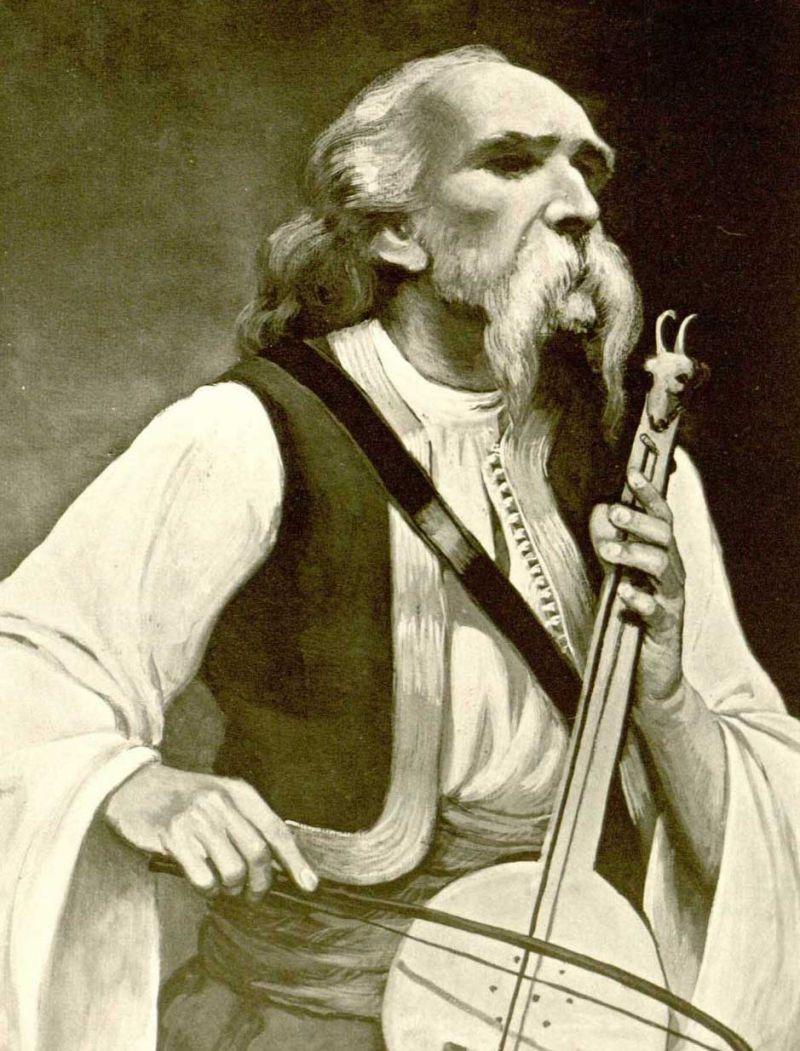 |
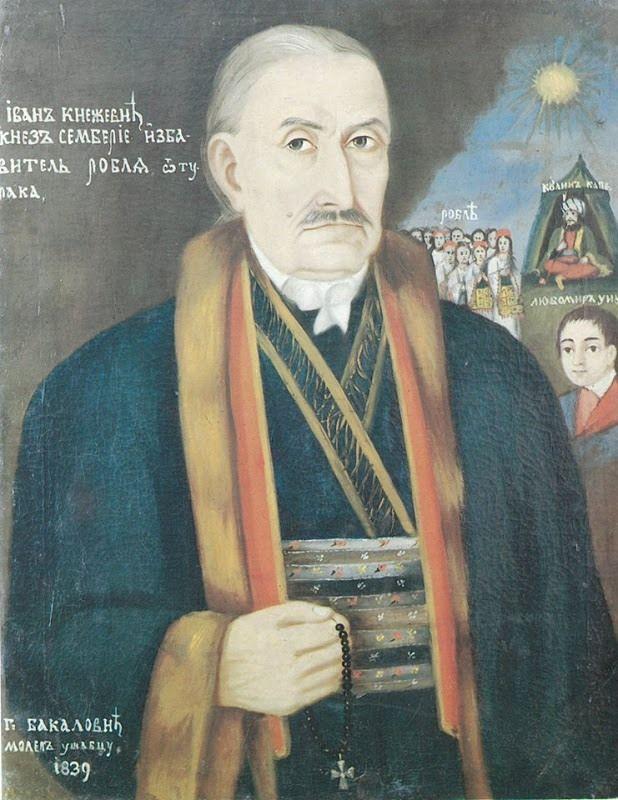 |
Despite all the aggravating circumstances – losses in the uprisings and plague of 1814, according to the census of 1864 Bijeljina was the largest town in ‘sanjak’ with 6,074 inhabitants (according to the same census Tuzla had 5,264, Zvornik had 4,870, and Brčko had 2,562 inhabitants).
The oldest two buildings in Bijeljina date back to the dusk of Turkish rule: the Orthodox Church of St. George and the ‘Konak’ (Lodge) building, which was also the Turkish municipality building – today the Museum of Semberija.
The attempts to liberate Bijeljina during the great rebellion of Bosnia and Herzegovina 1875 – 1878 failed. In the fall of 1875, Jovan Panić tried to return from Serbia to his place of birth with 300 rebels, but his detachment was defeated near the Tavna Monastery. In 1876, the Serbian general Ranko Alimpić unsuccessfully besieged Bijeljina, and then the Turkish forces defeated a detachment of Italian volunteers – Garibaldini in the battle near Galac.
AUSTRO-HUNGARIAN OCCUPATION
Austro-Hungarian rule in Bijeljina lasted from 1878 to 1918. Danubian Monarchy was much more developed then Turkey, so Semberija experienced accelerated economic development which resulted in a new wave of national awakening.
The census of 1879 showed that there were 1,602 residential buildings and 6,090 inhabitants in Bijeljina. At that time, Bijeljina was a large settlement, the fifth largest in BaH, when it began to get the outlines of a modern town. Recognizing the great strategic importance of Bijeljina on the border towards the Kingdom of Serbia, the authorities paid great attention to the development of the settlement and its adaptation to military needs.
In the early 1879 the government issued a decree which gave Bijeljina its first municipal statute, which was one of the first ones in Bosnia and Herzegovina.
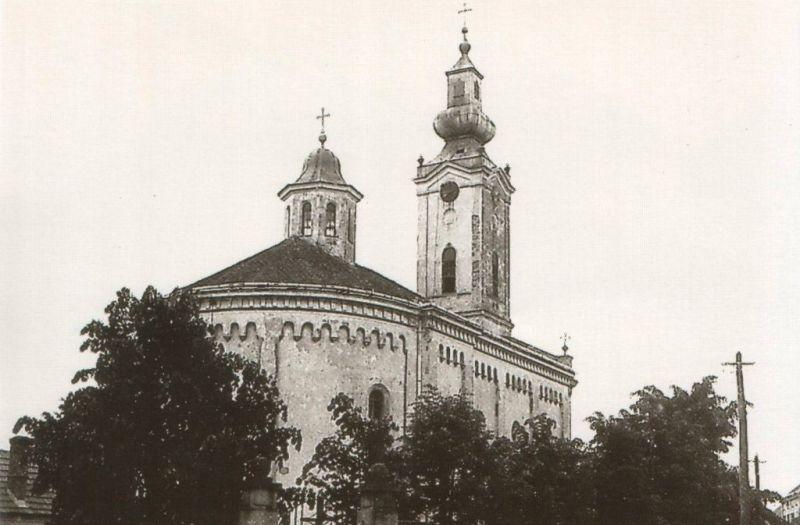 |
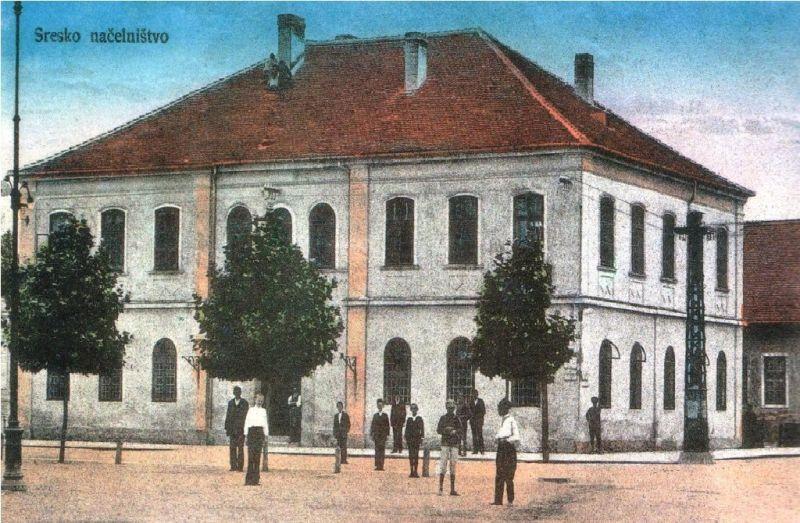 |
(beginning of the 20th century)
The Statute transferred to the municipality the competence for the development of the town, regulation of existing streets, opening of markets, street night lighting, organisation of weekly and annual fairs, street cleaning and garbage collection and transport to landfills outside the town, residents' health care and care for the poor. The municipal council soon made a decision to open a grain market in the centre of the town, in front of the county headquarters, and it was there until after the Second World War. Workers were hired to clean the streets and two garbage trucks were procured. In the same year, weekly fairs were made official on Tuesdays and Fridays, and St. Panteleimon's Day (Pantelino) and St. Demetrius' Day (Mitrovdan) were set as the annual fair days.
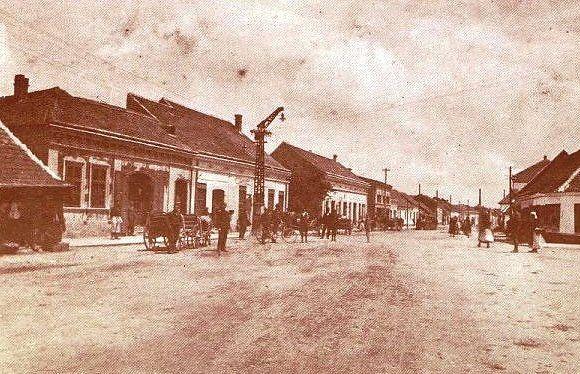 |
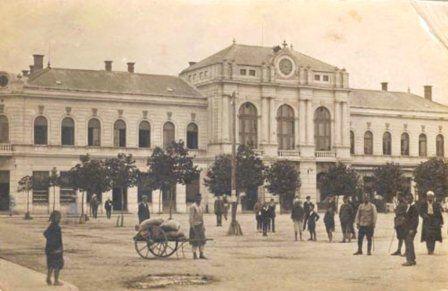 |
(photo documentation of the Museum of Semberija)
As early as 1880, the first petroleum lanterns were lit in the most important places in the town, and a specially appointed worker took care of their lighting up and maintenance. The Austro-Hungarian authorities hired the Turkish garrison physician Jacob Kohut, medical graduate from Vienna, whose efforts led to the opening of the first hospital in Bijeljina in 1880, and in the same year Bijeljina got its first pharmacy.
LIBERATION
The First World War caused new sufferings for the people of Semberija by the Austro-Hungarian authorities due to constant suspicion that there is cooperation with the Serbs from the other side of Drina River. Famous Austrian writer and journalist Egon Erwin Kisch, whose regimen was placed in Bijeljina at the time, wrote about the horrors of those days, heroism of the people of Semberija and their unwavering desire to live free together with their fellow countrymen.
The year of 1918 marked a great shift – after the breakthrough on the Salonika front and the victorious campaign of the Serbian army, Austria-Hungary fell apart, and Semberija was free for the first time in modern times and for a longer period.
 |
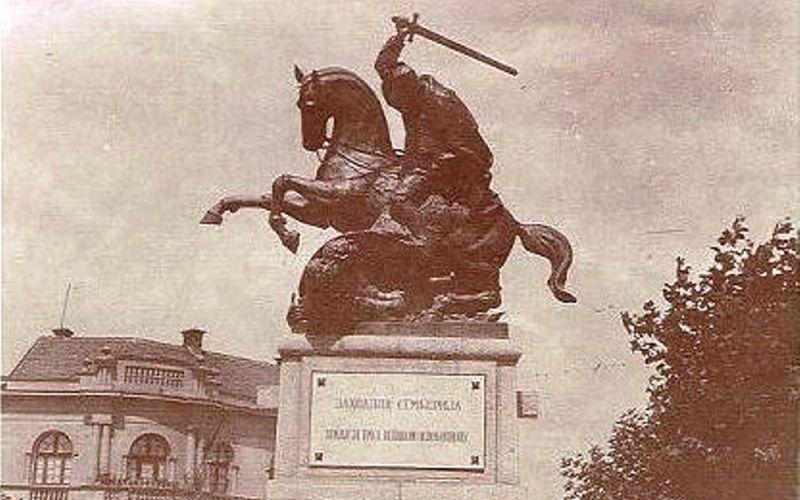 |

